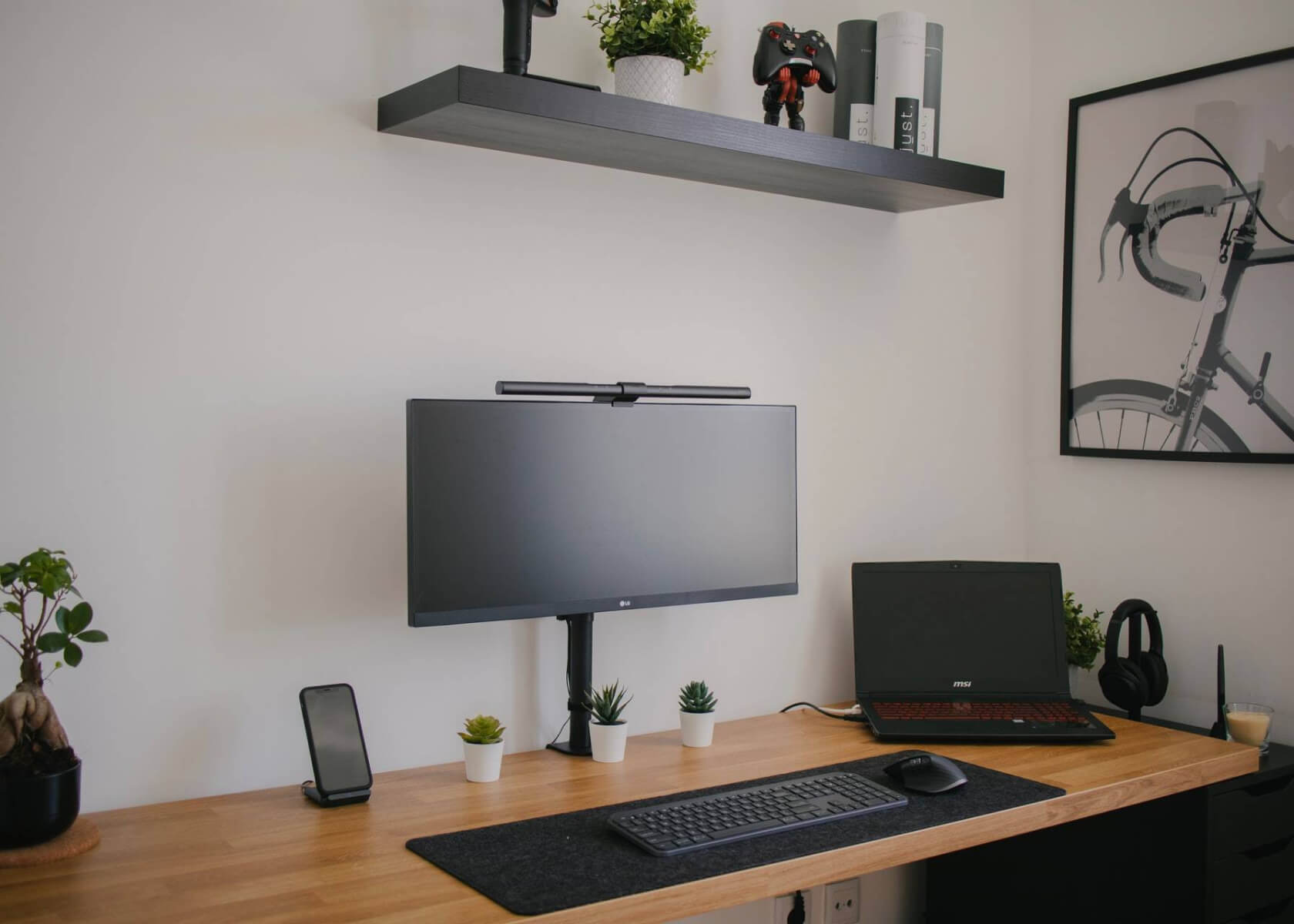Designing an Effective Training Course Template in Notion for Online or In-Person Delivery

New to Notion?
How to Design a Training Course Template in Notion for Structuring and Delivering Training Materials
Notion is a versatile and powerful all-in-one Workspace that can be used to design and deliver training Courses, whether they are online or in-person. Its flexible structure and real-time collaboration features make it an ideal tool for organizing training materials in a clear and customized way. In this article, we’ll walk you through a step-by-step guide on how to design a Training Course template in Notion using current features and best practices.
Step 1: Define the Course Structure
Begin by defining the overall structure of your course. Determine the modules, lessons, and topics you want to cover. Start with a top-level page for your course and create sub-pages for each module. This high-level organization helps ensure that the training content is both logical and easy to navigate.
Step 2: Create a Lesson Template
After outlining your course structure, create a lesson template that you can reuse for every lesson. This template serves as a blueprint for content consistency. Design the lesson template with these elements:
- Lesson Title: Clearly label each lesson with a descriptive title.
- Learning Objectives: Define what participants should achieve, supporting a focused learning experience.
- Lesson Overview: Provide a brief summary of the lesson’s content and key takeaways.
- Materials: Add a section for required resources, such as presentations, handouts, or links to external resources.
- Activities: Outline exercises and interactive components for hands-on learning.
- Assessment: Specify any quizzes or tasks that gauge participant understanding.
- Reflection: Include an area for feedback and reflective comments on the lesson.
Step 3: Customize Each Lesson
With your lesson template in place, customize it for each specific lesson. Incorporate detailed content like lecture notes, slide decks, videos, or interactive elements. Enhance your lessons by integrating Notion’s databases to track progress or embedding third-party resources for deeper exploration.
Step 4: Include Interactivity and Collaboration
Notion’s latest features enable even greater interactivity and collaboration. Consider adding:
- Discussion Boards: Set up spaces for participants to ask questions, share insights, and collaborate.
- Checklists: Include clear checklists to outline tasks and learning goals.
- Feedback Forms: Utilize surveys and feedback tools to collect participant feedback and continuously improve the course.
- Collaborative Editing: Enable real-time editing on documents and assignments to foster teamwork and immediate feedback.
- Integrated Calendars and Reminders: Use calendar integrations to schedule sessions and set deadlines, ensuring that participants stay on track.
Step 5: Organize Supplementary Resources
To enrich the learning experience, provide supplementary resources that participants can explore further. Create a dedicated page or section for additional materials such as recommended readings, videos, online courses, or curated external links. This gives learners the opportunity to delve deeper into topics of interest.
Step 6: Track Participants' Progress
Effectively monitor progress using Notion’s robust database and task management features. Create a database to record completion statuses, track scores on assessments, or simply keep an eye on overall progress. This setup not only helps instructors monitor engagement but also provides participants with a clear view of their journey through the course.
Step 7: Customize the Template to Match Your Branding
A consistent and professional appearance enhances the learning experience. Notion allows you to modify the appearance of your workspace to match your branding or personal style. Update the color scheme, add logos, or adjust font styles to ensure that your Training Course template reflects your brand identity and maintains a polished look.
Conclusion
Designing a Training Course template in Notion enhances the organization, delivery, and engagement of your training materials. By following these steps, you can build a comprehensive and structured template that leverages Notion's latest collaboration tools, interactivity options, and customization features. Whether your training is conducted online or in-person, Notion’s flexibility ensures that you can create a conducive learning environment that adapts to your evolving needs.


